The Sustainability Series: Glass
Before you settle into this piece, we highly recommend that you read our introduction to the sustainability series to anchor your perspective and gain context.
You may also wish to visit our first series on plastic.
When it comes to consumer packaging, glass has a long and varied history as the ‘creme de la creme’ of storage and preservation, ranging from food, drinks, cleaning agents to beauty. In more recent years as plastic has become demonized, glass is seen as the contrasting angel - a sustainable saving grace and poster child for recycling. There are many brands in the ‘clean’ and ‘green’ beauty sector that have opted for glass packaging to match the ‘sustainable’ value of their ingredients and formulas, along with introducing a more luxury or high-end experience for the consumer. There is also increased pressure to offer glass as a packaging option because it is seen as a more environmentally neutral option in the public eye. In the US, glass manufacturing is estimated to be a $22.5 billion market. While there is a lot to be said for the benefits of glass from an environmental and theoretical perspective, the reality is a little more complicated.
As with our exploration of plastic, we are interested in the life cycle of glass packaging in cosmetics, focusing on the pros and cons of its use across the ‘packaging chain’; there are trade-offs with glass that are worth examining and understanding.
Pros of Glass
Recyclability - Glass can, on principle, be endlessly recycled. Technology and municipality systems aside, glass has an unlimited life cycle that allows it to be melted and moulded to make new glass products with no loss of quality. Additionally, the use of cullet - crushed recycled glass - is more commonly part of producing new glass, allowing manufacturers to reduce dependency on virgin raw materials. Glass is typically made from a key ingredient mix of sand (mostly silica, SiO2), limestone (CaCO3) and sodium carbonate (Na2CO3), along with other raw materials. In the EU, the use of cullet is saving an estimated 12 million tonnes of raw material and 4 million tonnes of CO2 emissions annually. The Glass Packaging Institute estimates that using 10% cullet in the manufacturing feed lowers emissions of CO2 by roughly 5%. To put it another way, for every 6 metric tons of cullet used in manufacturing, glassmakers can cut 1 metric ton of CO2 emissions. When using 10% cullet, the furnaces for melting glass can be run at lower temperatures, which extends the furnace life and reduces operating costs along with the price of the final glass product.
Compatibility - When selecting packaging, it’s crucial to know if there are any interactions that might occur between the cosmetic formula, the container and any external environment factors that could influence the interaction (like heat or UV light, for example). Interaction could include the absorption of product constituents into the container (and vice versa), corrosion, leaching and the effectiveness of the container in protecting the formula from oxidation and water vapour. Overall, glass has the highest yield of product compatibility criteria, especially when it comes to leaching and chemical resistance. However, human interaction with a product and product storage can still sway the final choice of glass vs. plastic - a good example would be the safety hazard of a glass container in the shower. Many also factor the color of the glass into the equation when looking to protect the formula’s integrity over time.
Multi Use - In a Chemical & Engineering News article about glass research, correspondent Mitch Jacoby gives some insight into the origins of glass: “People began using glass long before markets even existed. Early humans used obsidian—molten lava that cooled quickly—to make simple cutting tools and arrowheads. And although evidence from beads and other archaeological finds indicates that people figured out by 4,000 B.C.E. how to form glass coatings (glazes) by melting silica, the main component of sand, it would be another 2,500 years until ancient Mesopotamians got the hang of making hollow glass vessels, which they used for storing oils.”
The author Bill Bryson notes in his historical and highly entertaining book, “At Home", that the sheer abundance of energy and craftsmanship that it took to create the marvel that is glass, made it a prized luxury commodity that fulfilled a lifetime of use - even prompting a glass and window tax in England from 1696 through 1851! The modernization of glass production has introduced as many benefits as it has negatives in the form of waste and single-use containers (discussed below). But for now, it’s important to highlight that either continual use or constant repurposing of glass containers is how glass has existed in our history since eygptian times. Glass is a truly incredible man-made substance and the fact that it is highly reliable and aesthetically pleasing provides the feeling of status and importance that still remains. In the cosmetics industry, almost all containers are multi use, meaning the amount of times they are used according to function can range into several hundred uses over several weeks to multiple months. This is true of glass, plastic, aluminum and paper packaging.
Cons of Glass
Production -To create glass, you need a specialized furnace that can continuously maintain temperatures ranging up to 1,500-1700°C (2700-3100°F), enough to transform heated raw materials through a sequence of chemical reactions to molten glass. As you can imagine, this requires a lot of energy. Additionally, the raw materials (silica, limestone) have to be mined to be available. This can raise ethical questions where human labor is concerned.
In a 2009 study on the comparison of beverage containers (very similar to cosmetic containers), Franklin Associates found that the production of a glass bottle was far less energy efficient when compared to the production of a PET (Polyethylene Terephthalate) bottle and an aluminium can, respectively. The amount of energy it took to create a PET bottle was 11 million BTU, vs. 16 million BTU for the aluminium can and 26.6 BTU for the glass bottle. The CO2 equivalent (think greenhouse gas emissions) was 1,125 for the PET bottle, 2,766 for the aluminum can, and 4,848 for the glass bottle. When ranking material production in relation to energy efficiency, glass came last after aluminum, plastic and wood.
Another study on glass production and recycling conducted in 2008 by researchers at the University of Rome revealed another layer of complexity. If you examine the production of 1kg of glass vs. 1 kg of PET, the environmental burden of glass production is lower than PET where air emissions and other environmental health criteria are considered. However, simply because of the mass unit and volume of raw materials needed to produce glass and the real world scale of quantities demanded, the environmental scales begin to tip in favor of PET because of the lesser mass and volume of raw materials needed for its production. The study concludes that the only way to offset the energy and environmental burden of glass is...recycling.
End-of-Life - This ‘con’ isn’t necessarily for glass itself, but the reality of the systems used to manage its disposal. Glass recycling in the USA, unfortunately, leaves a lot left to be desired. Despite national surveys showing recycling to rank high in importance to Americans, the statistics reveal a stark disparity between the principle that glass can be endlessly recycled and the reality that in the USA, it’s simply not happening on the scale it ought to be. This is the state of glass’ ‘end-of-life’ in the US by statistics:
- 10 million metric tons of glass are disposed of every year
- Only 33% of glass waste is recycled nationwide
- In contrast, EU nations are recycling up to 90% of glass waste
Why is US glass-recycling falling short? Experts believe that it is a combination of governmental policy that governs waste and recycling municipalities, and consumer education and habits. The US primarily collects waste for recycling via single stream curbside collection, which means that everything from plastic, glass, cans, and paper is collected in one bin. Once collected by truck, the waste is sent to a Material Recovery (sorting) facility (MRF) and goes through both mechanical and manual separation processes, after which glass is then sold to cullet (crushed glass) producers. It is very important that the glass sent to cullet producers be as clean as possible, so quality and ability to recycle the glass isn’t compromised. An additional problem is the fact that there are only an estimated 400 MRF’s across the entire country. Unlike other countries, the US recycling sorting process is heavily dependent on facilities, rather than asking the consumer to be more vigilant about manual sorting and cleaning containers and packing.
One of the biggest challenges is known as ‘wish-cycling’: well intentioned people throwing things into the recycling bins that can’t actually be recycled, such as plastic bags, batteries, light bulbs, soiled food containers, to-go coffee cups/lids and used napkins. Garbage mistakenly placed in the recycling bin can actually render the entire bin, or even the entire truck load, in some cases, completely non-recyclable due to dirt or contamination from oils, waxes, food, coffee grounds etc. Sadly, wish-cycling often dooms things straight to a landfill and happens primarily due to a lack of consumer education about what can actually be recycled as well as a lack of alternative waste management systems, like multi steam collection.
In contrast, the EU collects waste for recycling via multi stream collection. The consumer cleans and manually sorts items into designated bins by material and color (for example: clear, green, and amber glass). Multi stream glass collection skips the MRF entirely and goes straight to a cullet supplier for recycling. This is possible because the quality and cleanliness of glass and separation done by the consumer renders superior results to an MRF.
Multi stream systems require a higher level of consumer education and the costs for operation are considerably higher than single steam collection, but it yields almost 90% of glass recycled and produces the most sustainable results.
Transport - The weight of goods is an extremely important factor when transporting materials around the globe. From a CO2 emissions perspective, the cost and transportation of glass is rather challenging to navigate. Glass is much heavier when compared to plastic or aluminum and carries greater risk of damage depending on the structure and size of the glass, plus the mode of transport. This can lead to greater loss of product and the need to send duplicates. Additionally, glass requires copious amounts of additional packaging (paper, plastic, peanuts, etc) to ensure safe arrival at its final destination.
THE VERDICT
If glass is actually reused and recycled it can be the gold standard in sustainable materials available. However, if proper recycling systems are not in place, then glass starts to fall short very quickly. Additionally, we need to factor in the carbon footprint of producing virgin glass and transporting it; it requires high heat for production and is much heavier in comparison to plastic and aluminum, plus requires more packaging materials due to its fragility. But glass does offer the highest yield of product compatibility when applied sensibly.
Visit your local waste municipality website to educate yourself on what can and cannot be recycled in your community. If you are not satisfied with your local recycling facilities, write to your local government to express your interest in alternative collection methods, like multi stream collection. As we concluded in our sustainability series blog on plastic, there is still a lot of work to be done to fully reap all the benefits glass has to offer. This spans from improving recycling technologies to sorting facilities being more available, to greater public education and more consumer accountability.
One step we can all take immediately: making sure to clean any glass container thoroughly and removing any non-glass or mixed material pump, lid or pipette before placing the glass container in the recycling bin.
Resources
https://cen.acs.org/materials/inorganic-chemistry/glass-recycling-US-broken/97/i6
https://cen.acs.org/articles/95/i47/s-glass-modern-day-researchers.html
Michela Vellini, Michela Savioli. Energy and environmental analysis of glass container production and recycling. Department of Industrial Engineering, University of Rome, Rome, Italy. Energy: The International Journal. (2008). https://www.journals.elsevier.com/energy
https://www.sciencedirect.com/science/article/pii/B9780081004067000015
https://www.sciencedirect.com/topics/chemistry/glass-melting
Bryson, B. (2010). At Home: A short history of private life. New York: Doubleday.
Henderson, J (1985). Raw materials of early glass production. OXFORD JOURNAL OF ARCHAEOLOGY 4(3). 267-291.
https://www.nao.org.uk/report/the-packaging-recycling-obligations/
https://sunrisesanitation.com/breaking-down-the-environmental-impact-of-glass-and-plastic/
https://www.glass-ts.com/news/recycling-using-glass-cullet




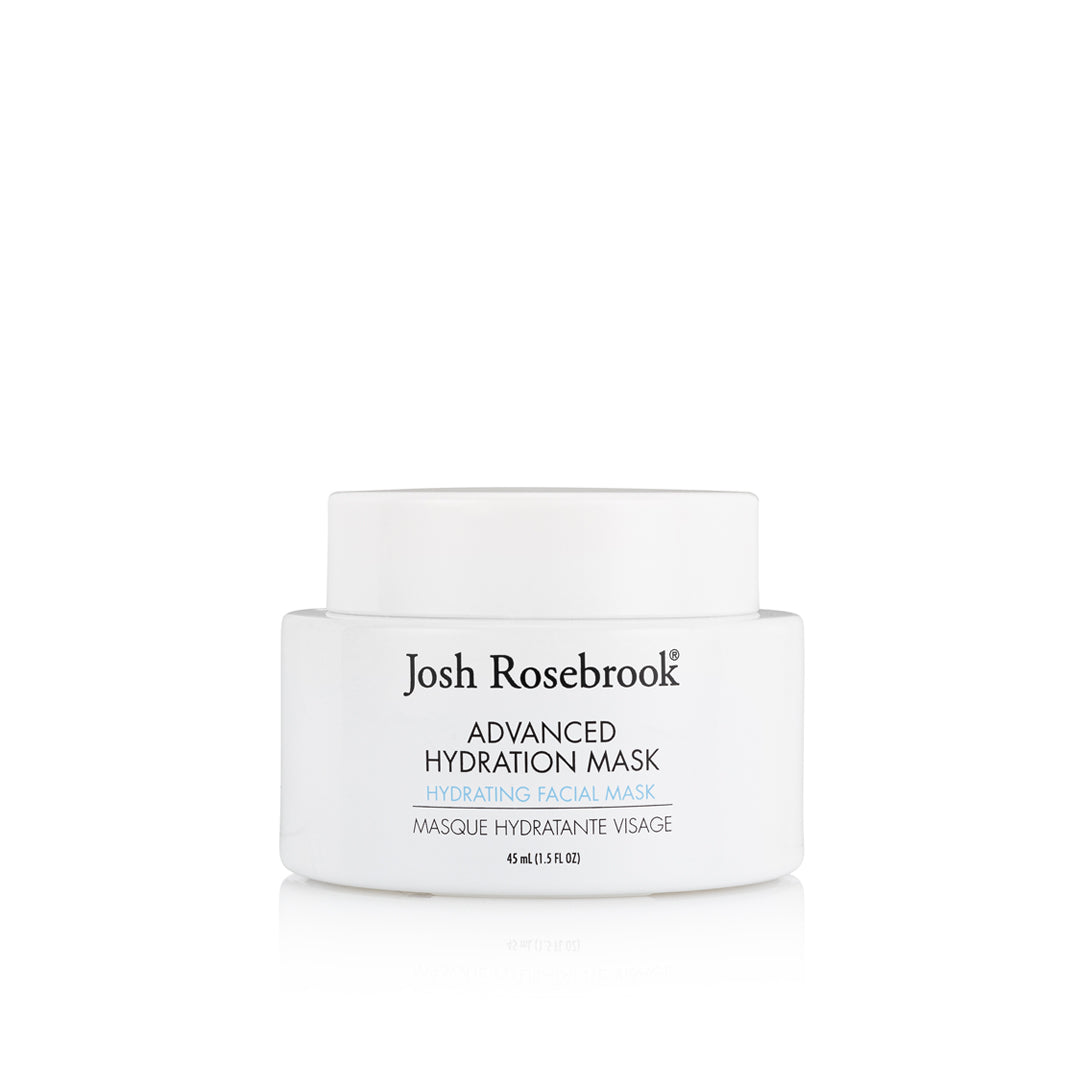



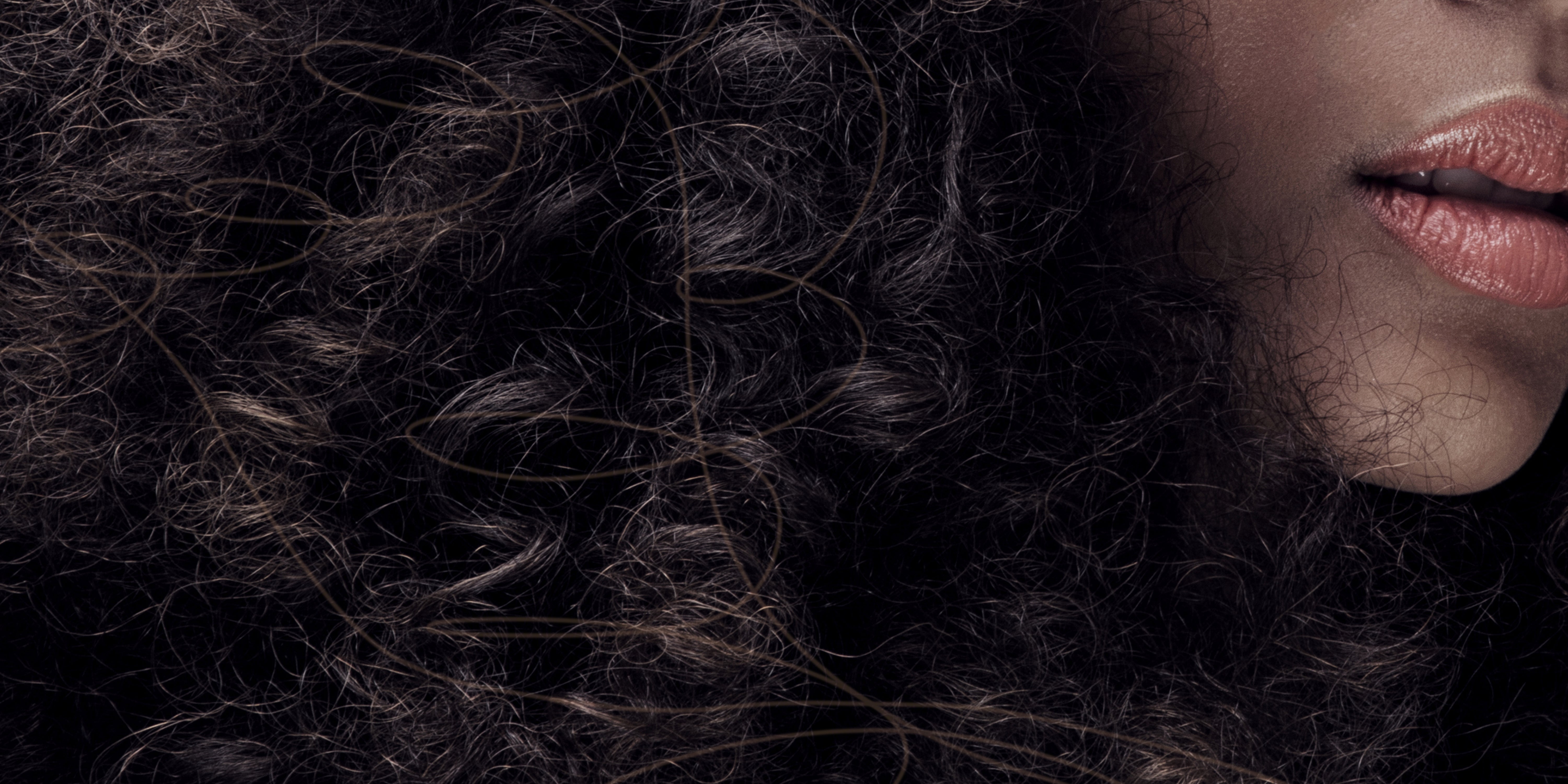

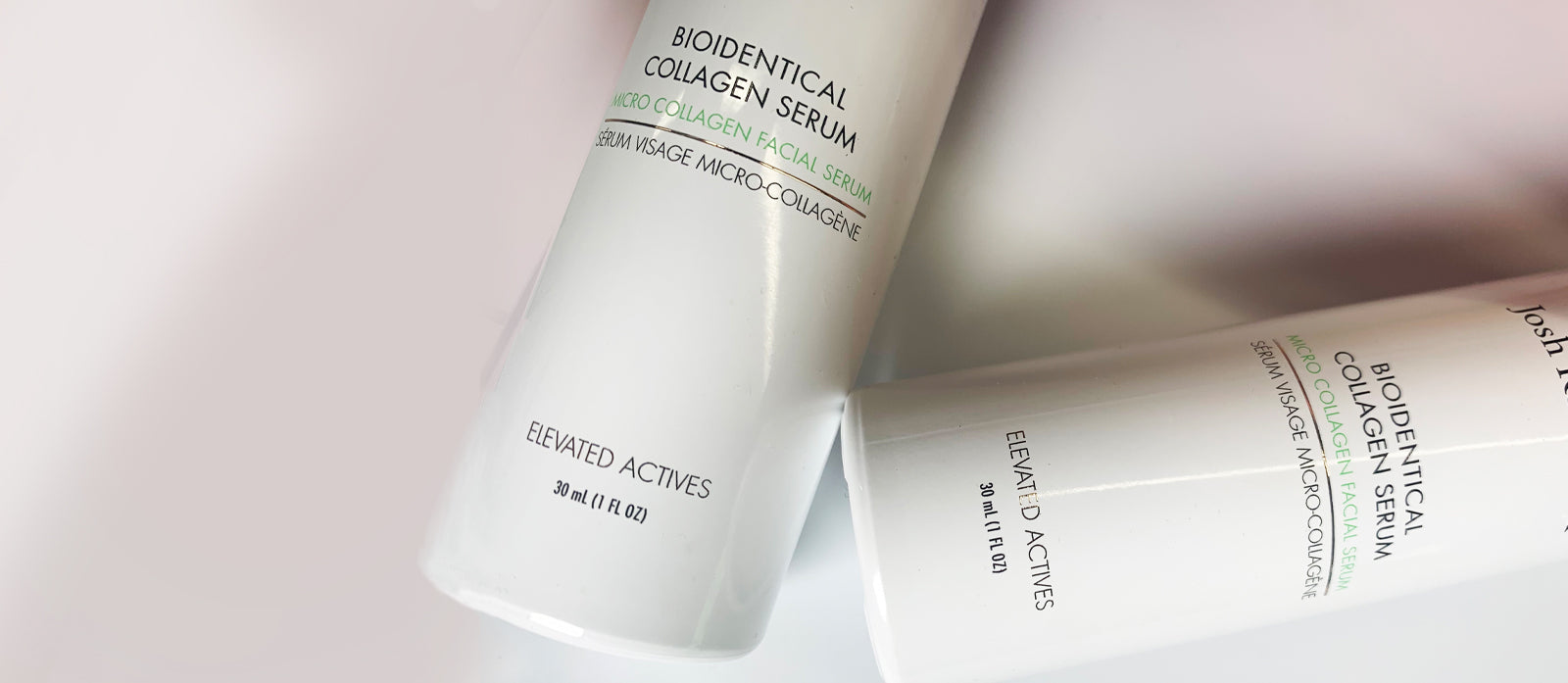
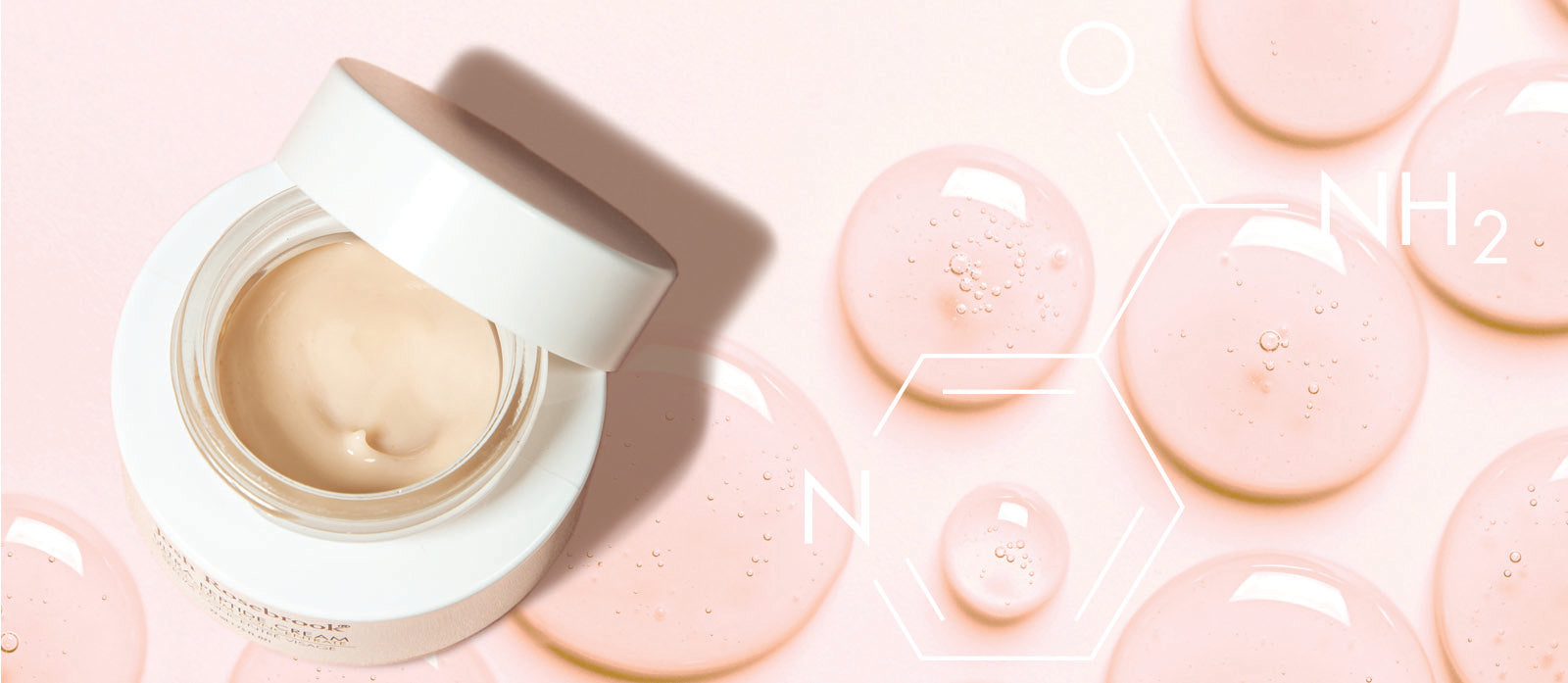




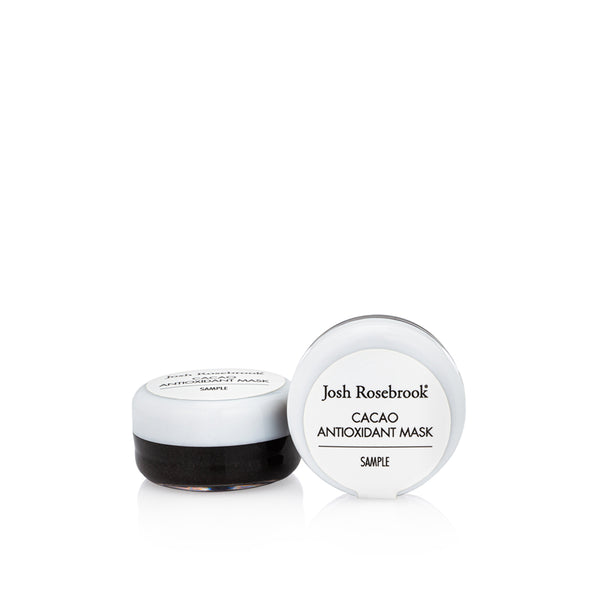

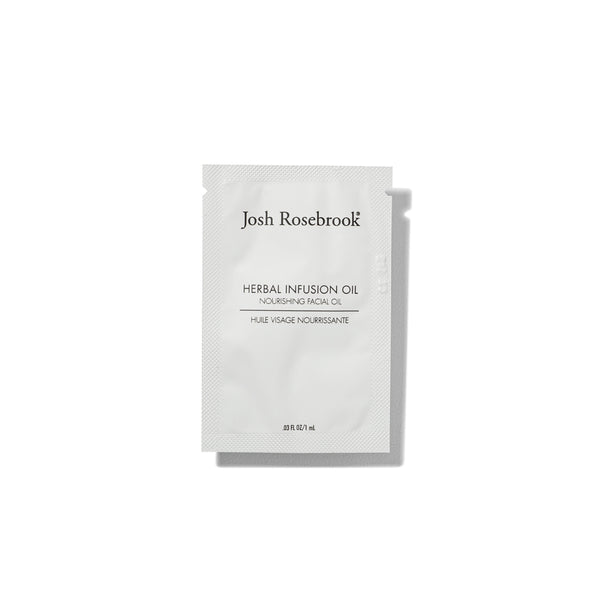
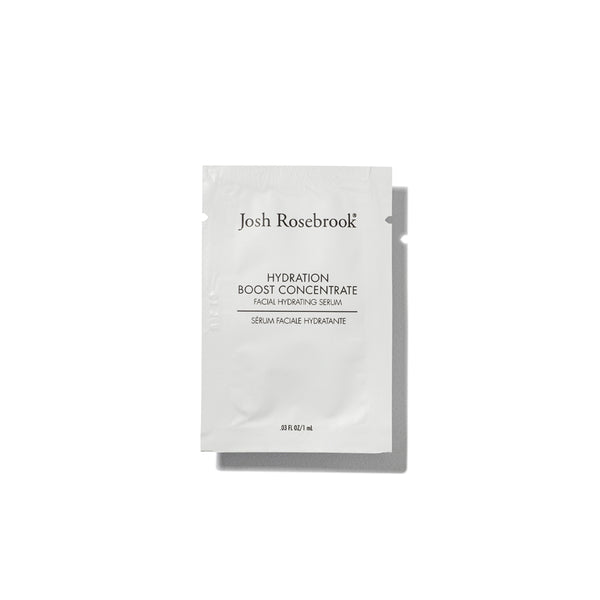
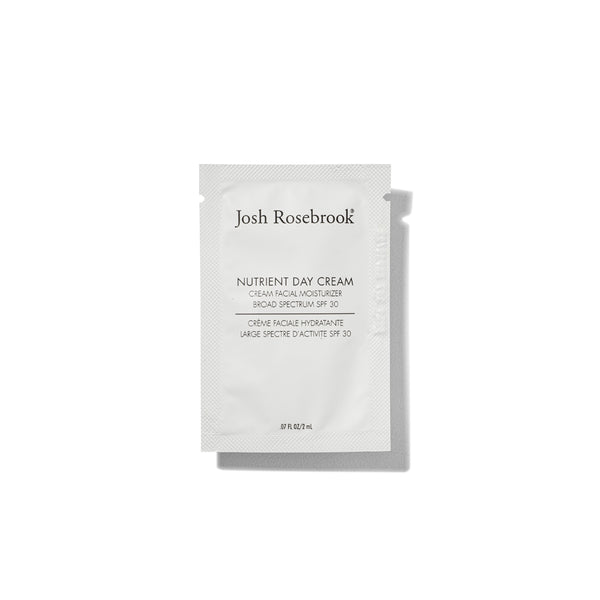
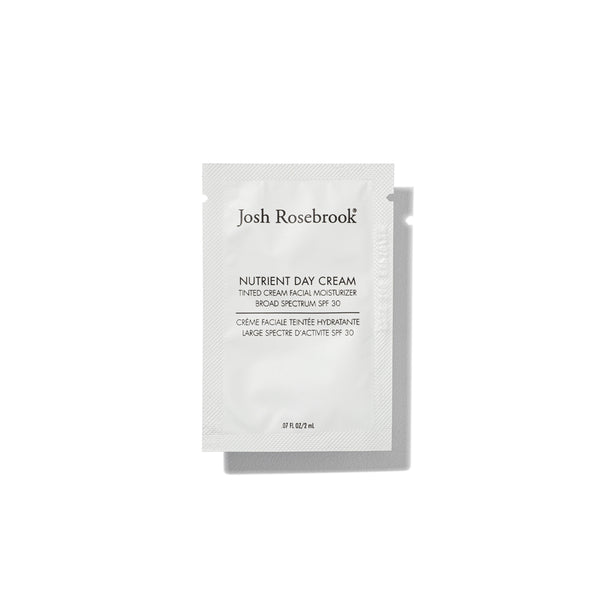


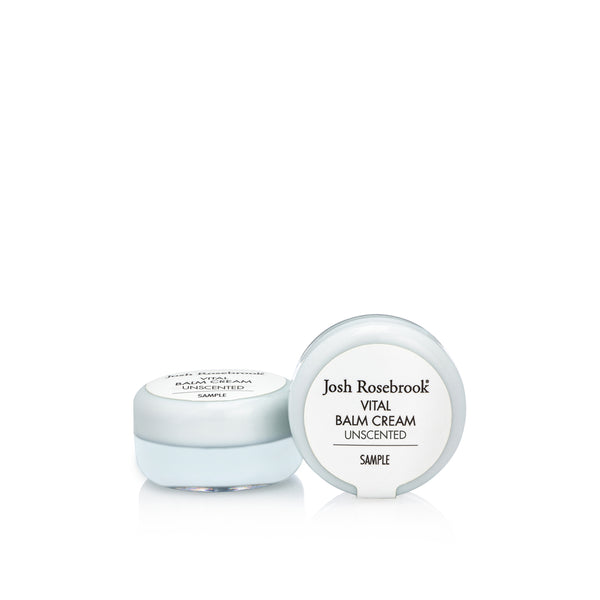
WRITTEN BY Josh Rosebrook